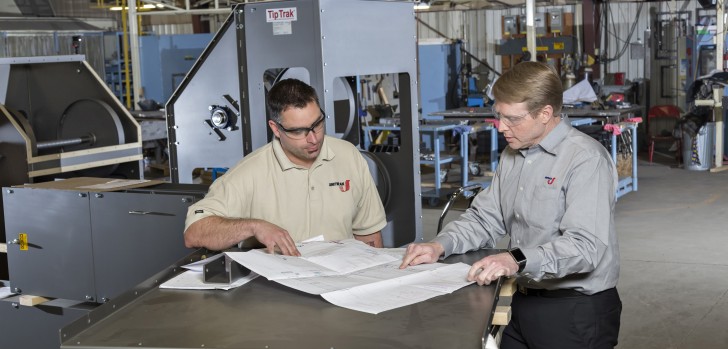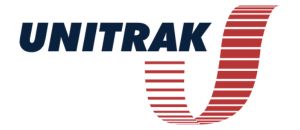Iron Oxide
Iron oxide, commonly known as rust, is a chemical compound composed of iron and oxygen. It exists in several forms, including Fe2O3 (hematite) and Fe3O4 (magnetite), and is widely used across various industries for its diverse properties. This article delves into the characteristics of iron oxide, its applications, challenges encountered in bulk material conveying, and ideal UniTrak equipment for handling this material.
At a Glance
Iron oxide exhibits various characteristics that impact its handling and processing:
- Abrasive Nature: Iron oxide particles can be abrasive, causing wear and tear on conveying equipment.
- Density: Depending on the specific form, iron oxide can have a moderate to high density, affecting equipment capacity and power requirements.
- Particle Size Distribution: The particle size distribution of iron oxide can vary, influencing flow properties and conveying efficiency.
- Hygroscopicity: Some forms of iron oxide are hygroscopic, meaning they can absorb moisture from the atmosphere, potentially leading to flowability issues during conveying.

Common Uses
Iron oxide finds widespread applications in various industries:
- Pigments: It is commonly used as a pigment in paints, coatings, and dyes due to its natural reddish-brown color.
- Construction: Iron oxide is used in construction materials such as concrete and bricks to impart color and improve durability.
- Polishing and Abrasives: Its abrasive nature makes iron oxide suitable for use in polishing compounds and abrasive materials.
- Catalysts: Iron oxide nanoparticles are employed as catalysts in chemical reactions, including water-gas shift reactions and Fischer-Tropsch synthesis.

Challenges in Conveying
Bulk material conveying of iron oxide presents several challenges:
- Abrasion: Iron oxide particles can abrade conveying equipment, leading to increased maintenance and downtime.
- Dust Emission: Handling iron oxide powders can generate dust, posing health and safety risks to workers and requiring effective dust control measures.
- Moisture Sensitivity: Hygroscopic iron oxide can absorb moisture, causing clumping and flowability issues during conveying.
- Particle Segregation: Variations in particle size distribution can lead to segregation during conveying, affecting product quality and consistency.
Equipment Options
UniTrak, with its deep expertise in customized bulk material handling equipment, offers tailored solutions for handling iron oxide:
- TipTrak Bucket Elevator: Ideal for vertical conveying, the TipTrak bucket elevator features fully interlocking buckets to prevent spillage and dust emissions. Its abrasion-resistant design ensures durability when handling abrasive materials like iron oxide.
- UniFlex Flexible Screw Conveyor: Suited for conveying iron oxide powders over short to medium distances, the UniFlex conveyor's flexible screw design minimizes dust generation and can accommodate varying flow rates and angles.
- Powderflight Aeromechanical Conveyor: The Powderflight aeromechanical conveyor is well-suited for conveying abrasive materials like iron oxide over long distances with minimal degradation. Its enclosed design reduces dust emissions and prevents contamination.
- Bulk Bag Loader/Unloader: For efficient loading and unloading of bulk bags containing iron oxide, UniTrak's Bulk Bag Loader/Unloader ensures safe and dust-free handling, minimizing product loss and contamination.
Iron oxide, with its diverse applications and unique properties, presents challenges in bulk material handling, including abrasion, dust emission, and moisture sensitivity. UniTrak's extensive experience in designing customized equipment for handling complex materials makes it an ideal partner for addressing these challenges. Whether it's the TipTrak bucket elevator, UniFlex conveyor, Powderflight aeromechanical conveyor, or Bulk Bag Loader/Unloader, UniTrak offers innovative solutions to optimize the handling of iron oxide and ensure efficient, reliable, and safe conveying processes.
